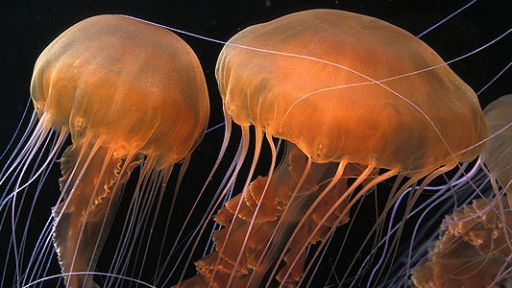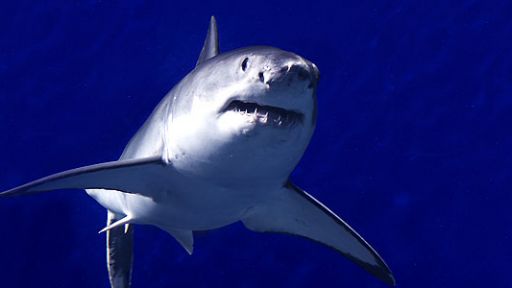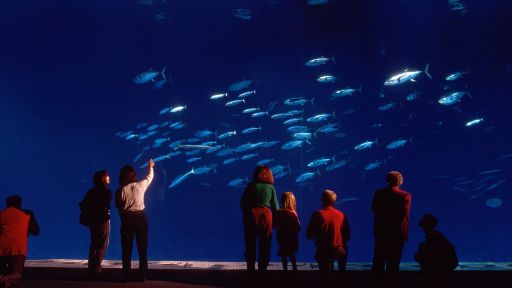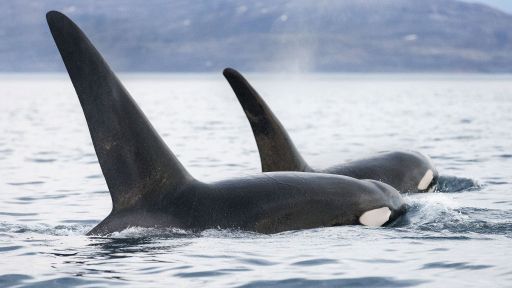Do you know how that tuna landed on your plate?
With nearly three quarters of the world’s fish and seafood stocks now fully exploited or overfished, it’s increasingly important for consumers to understand how their seafood dinner can contribute to the health — or degradation — of the ocean.
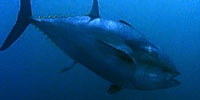
Some tuna are good sustainable seafood choices. But others such as bluefin tuna are overfished and should be avoided.
To help consumers make informed decisions, the Monterey Bay Aquarium has started the Seafood Watch program. It offers consumers tips on buying environmentally friendly seafood through a Web site and easy-to-carry pocket guides. “It’s been a staggeringly popular program,” says the aquarium’s Dr. Randy Kochevar. “We just passed the 5 million mark of people downloading the guides, and studies show that people do carry and use them.”
What do consumers need to take into consideration when they decide to serve shrimp, for instance? Researchers say that for every pound of shrimp that reaches your plate, up to 10 pounds of other kinds of marine life, from sea turtles to baby sharks, gets caught in trawl nets and thrown away. Worldwide, such “bycatch” constitutes up to a quarter of the total seafood netted and has had deadly effects on marine populations, including seabirds that get snagged on hooks and dolphins that drown in nets.
So what kind of shrimp should you buy? According to Seafood Watch, one good bet might be the smaller variety found in northern waters, typically sold as “salad shrimp.” They reproduce faster, and the fishing methods used to catch them are relatively eco-friendly. In particular, pink shrimp caught off Oregon are one safe bet identified by Seafood Watch.
The program also highlights fish species to avoid. Orange roughy and Chilean sea bass, for instance, are two deep-water species that have been seriously overfished. Because they are long-lived and reproduce slowly, it takes a long time for their populations to bounce back. In addition, they are caught using bottom-dragging trawl nets that can also damage seafloor communities. And for those concerned about their own health risks, Seafood Watch says there is another reason to avoid the roughy — it can be high in mercury, a toxic metal.
Although Seafood Watch has been effective, the aquarium is now ready to take its environmentally safe seafood campaign to the next level, by reaching out to the market and restaurant owners who buy large amounts of fish, shrimp, and shellfish. “We need to move further up the food chain,” Kochevar says. “Consumers are important, but the purveyors also need to understand how to make sustainable choices.”
If you’d like to learn more about Seafood Watch, visit http://www.seafoodwatch.org/.

